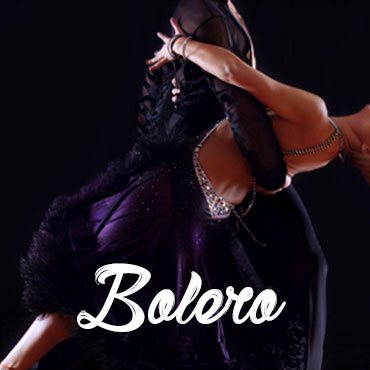The first Bolero was created in Spain in the 18th century as a mixture of classical ballet and other popular dances of that time. Another version of the dance originated in Cuba in the late 19th century. While they share the same name, the Cuban version arose independently of the Spanish dance. The Spanish Bolero is a 3/4 dance, and the Cuban Bolero is typically performed in 2/4 time. Another hybrid version, the American Bolero, is performed in 4/4 time.
When to Dance the Bolero
The Bolero can be danced solo or with a partner. If you have a partner, body contact ranges from a few inches apart to lightly touching. It is considered to be a very romantic dance, featuring dramatic arm movements and smooth gliding across the dance floor. It is best when danced at weddings or special events with large dance floors.
Interesting Facts
- The American Bolero was built upon the Cuban version and gained popularity in the United States when French composer, Maurice Ravel, composed his orchestral piece in 1928.
- The Fandango is another style of Bolero that originated in Spain in the 18th century.
- The word “Bolero” comes from the Spanish verb, “volar,” which means “to fly.”


